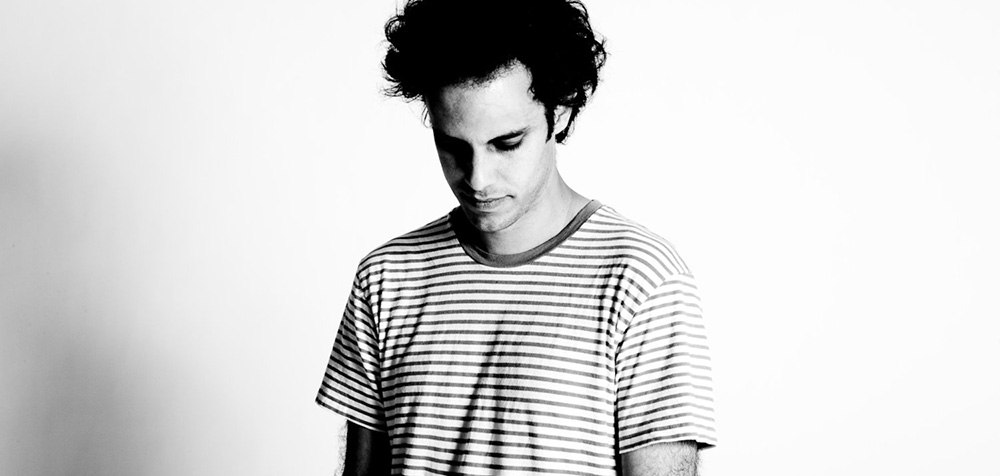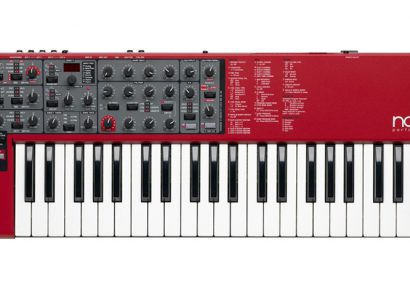Working With Nothing
Let’s look to a couple of notable producers who famously use very little to produce distinctive music. UK artist Burial blew the proverbial lid off the drum’n’bass and ‘post-dubstep’ sound in the early and mid-noughties with his clattering lo- beats, ominous tones and creative sampling. It eventually surfaced that Burial composed his music within his computer without the aid of a sequencer of any kind – he literally dragged and dropped every little snippet of audio into place by hand in the fairly basic audio software SoundForge.
No quantising to a specific bpm or grid at all, just copy and pasting little bits of audio, working his shuffling dystopian rhythms into a groove by ear. This whole mindset of listening to rhythms rather than looking at them on screen as they snap into perfectly timed 16th notes is pretty unusual in today’s electronic music production world. His sampling was an artform itself, he sampled everything: sound fx in video games, rain, pop singers, movie soundtracks etc. If you go exploring on YouTube, there are a ton of videos from people who have figured out what he sampled. In some cases, he’s chopped a melodic vocal line, separating vowels and consonants to make the lyric something else entirely. Super cool.
Another artist with a similar approach is Four Tet (who bizarrely went to the same school as Burial). His uniquely beautiful 2010 album There Is Love In You was composed using essentially the same copy and paste technique, rarely relying on a quantised grid. Another collector of samples, he keeps his composition and sound collection sessions separate, setting aside time specifically to gather sounds and other times to butcher loops, sounds and other melodies, pushing the results together into a song.
The Thought That Counts
The reason I mention these two is because all of the music they created is possible without spending a dime once you have a laptop and headphones. The free open source audio software Audacity is a great option for your first foray into toying with sounds and production; it can be set to sample the audio output of your operating system – so you can record any snippet of audio playing currently on your machine, ready for you to chop up, pitch down, reverse… whatever!

There are also mountains of free or low cost samples available for download these days, chuck a Google and see what you can find. A lot of laptops have low quality microphones inbuilt for Skype sessions too – pick up some bits and bobs from around the house and record yourself tapping them. Use effects like reverb and phasers to mask that distinctive, shitty mic sound. In my own music, I frequently use samples of keys rattling and taps on saucepans that I recorded with my phone.
Not all of us are weird audio mangling super talents like Burial and Four Tet, and maybe don’t like that style of music at all. But, if you’ve gotta wait a bit until you can afford a DAW, drum machine or whatever else your heart desires, give it a crack! The more experience you’ve got with mangling and arranging audio, the better. Maybe you’ll make something cool?







